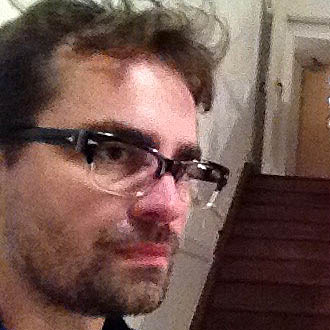Ryan Freeland
Producer, Mixer, Sound Engineer
Multiple Grammy award winner Ryan Freeland is one of LA’s most sought-after producers and engineers, with credits including Bonnie Raitt, Ray LaMontagne, Hugh Laurie, Aimee Mann, Neil Finn and many more. He set his career in fast-forward from the get-go, landing his first studio job by cold-calling production legend Bob Clearmountain. Now he operates out of his own LA facility, equipped with a mind-blowing array of outboard equipment collected over many years, and an extensive mic collection in which Astons play a leadng role.
Bonnie Raitt, Ray LaMontagne, Hugh Laurie, Aimee Mann, Joe Henry, Meshell Ndegeocello, Grant-Lee Phillips, Tanita Tikaram, Ingrid Michaelson,

“Astons have never sounded bad on any application I’ve used them on.”

“That’s why Astons are so great for me. You can just put them up and they’ll make the source really beautiful. ”

“I never EQ when I’m recording so I need the mic to be right, it has to sound right going in. Usually it’s too bright, or too dark, or too this or that, but I’ve never had that with the Astons, they sound just right.”